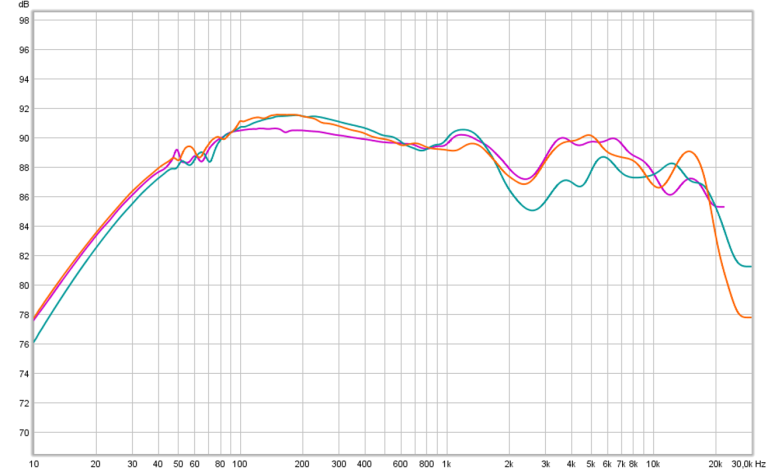- Thread Starter
- #421
Finally getting to thisFirst track: Time: 2:54 to 3:06. Mid sharpness on the vocalist for the HD650.
Second track: Time: 3:40 to 4:00. Mid sharpness on the vocalist for the HD650.
Third tack: Time: the whole track. Lower resolution, half of the detail, worse bass, uneven balance of the tracks (in comparison to Focal Clear, otherwise it's fine headphone)
I did compare it to Focal Clear (with my EQ) and I agree it sounds better than HD650. It has a more open and clean sound although you have to mindful of the fact that it is more efficient so plays louder. You need to turn down the volume to make a fair comparison.

